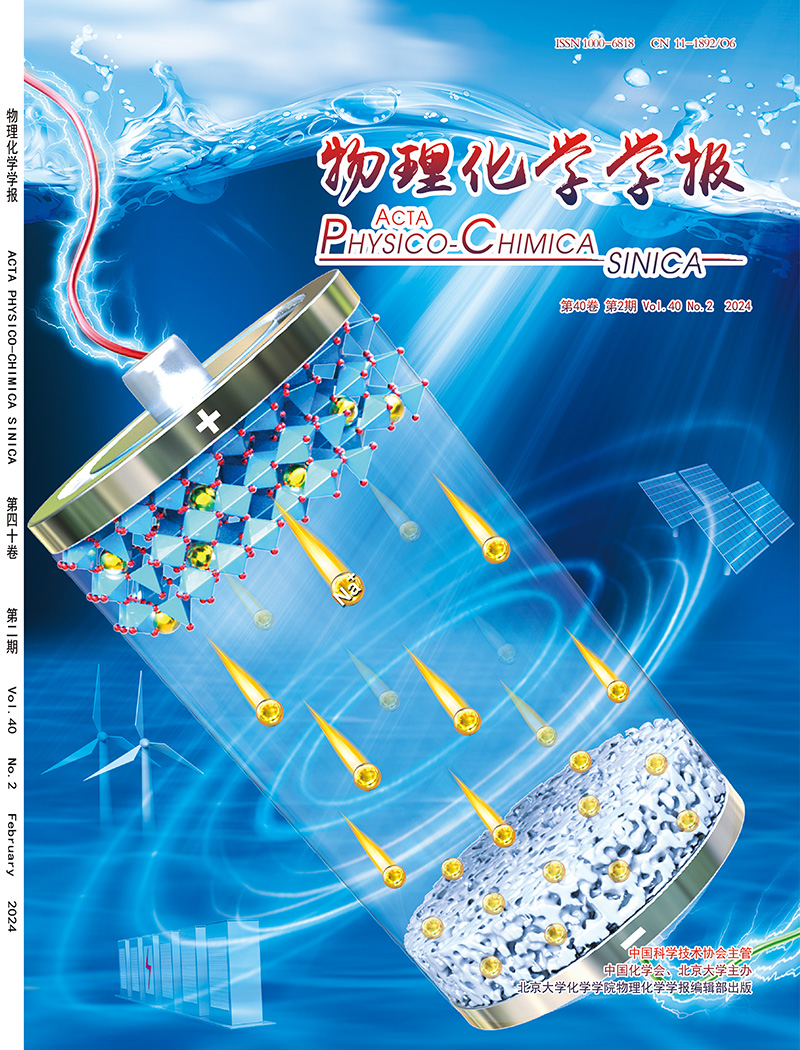Research progress of transient absorption spectroscopy in solar energy conversion and utilization
IF 13.5
2区 化学
Q1 CHEMISTRY, PHYSICAL
引用次数: 0
Abstract
With the development of ultrafast laser technology, time-resolved spectroscopy has become an essential tool to study the microscopic photophysical mechanisms on ultrafast time scales in the field of solar energy conversion and utilization. Transient absorption spectroscopy (TAS), as an essential technology for studying photoinduced ultrafast electron transfer and photo-induced carrier dynamics, has the unique advantage of revealing key dynamic processes, such as the generation, separation, transport, and recombination of photogenerated carriers. Focusing on light-to-chemical and light-to-electrical energy conversion, this review summarizes TAS applications in two primary solar energy conversion systems: photocatalysis and solar cells. Firstly, according to the different requirements of photocatalysis (emphasizing migration for surface reactions) and solar cells (highlighting interfacial carrier separation efficiency), we summarize design strategies and recent advances for enhancing carrier utilization from three perspectives: electron manipulation, hole manipulation and surface interfacial processes. Subsequently, special attention is given to how in situ spectroscopy elucidates the influence mechanisms of microscopic energy conversion processes and device performance under complex application scenarios involving photo-electro-thermal couplings. Finally, the forward-looking development direction of basic research in solar energy conversion and utilization is summarized, which provides theoretical support for rational design and performance optimization of solar energy conversion materials, reactions, and devices.

瞬态吸收光谱在太阳能转换利用中的研究进展
随着超快激光技术的发展,时间分辨光谱学已成为研究太阳能转换利用领域超快时间尺度微观光物理机制的重要工具。瞬态吸收光谱(TAS)作为研究光致超快电子转移和光致载流子动力学的关键技术,在揭示光致载流子的生成、分离、输运和重组等关键动力学过程方面具有独特的优势。本文从光化学和光光电转换两方面综述了TAS在光催化和太阳能电池两种主要太阳能转换系统中的应用。首先,根据光催化(强调表面反应的迁移)和太阳能电池(强调界面载流子分离效率)的不同要求,从电子操纵、空穴操纵和表面界面过程三个方面总结了提高载流子利用率的设计策略和最新进展。随后,特别关注了原位光谱如何阐明在涉及光电-热耦合的复杂应用场景下微观能量转换过程和器件性能的影响机制。最后,总结了太阳能转换与利用基础研究的前瞻性发展方向,为太阳能转换材料、反应和器件的合理设计和性能优化提供理论支持。
本文章由计算机程序翻译,如有差异,请以英文原文为准。
求助全文
约1分钟内获得全文
求助全文

 求助内容:
求助内容: 应助结果提醒方式:
应助结果提醒方式:


